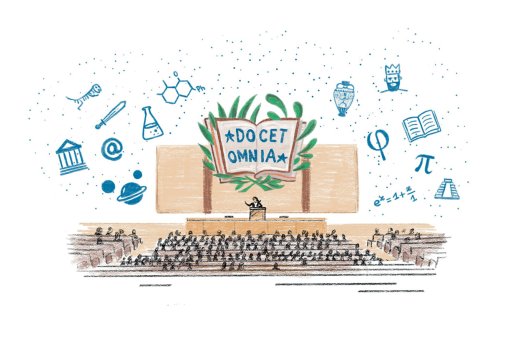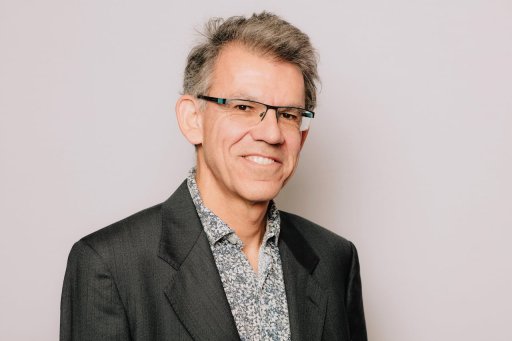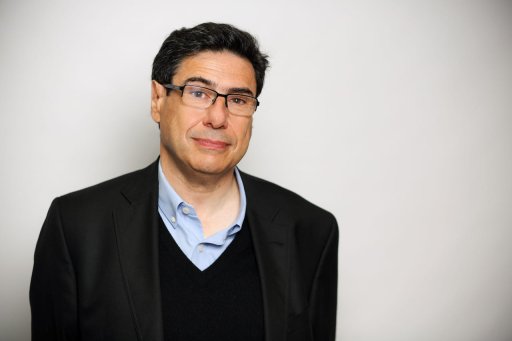
Art and chemistry - Revealing the skills of medieval goldsmiths
In the form of a dialogue, Philippe Walter and Isabelle Bardiès-Fronty will bring their expertise in chemistry, archaeology, history and art history to bear on this exceptional ensemble.









